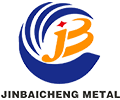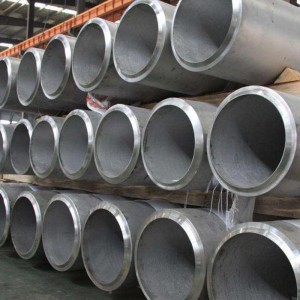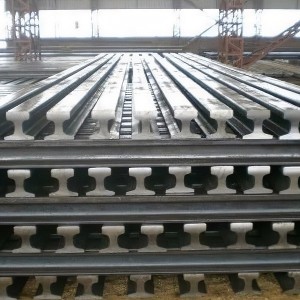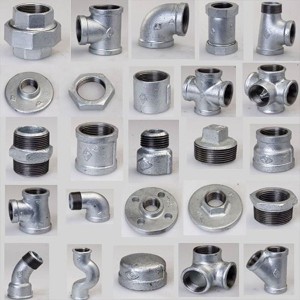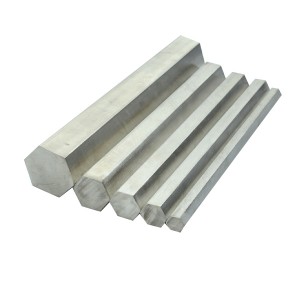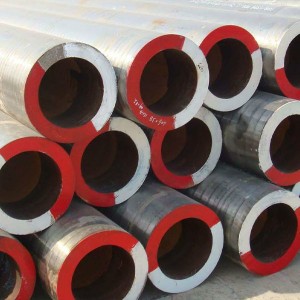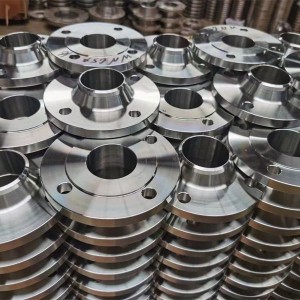316l Stainless Steel Seamless Steel Pipe
304 stainless steel is a common material in stainless steel, with a density of 7.93 g/cm³; it is also called 18/8 stainless steel in the industry, which means that it contains more than 18% chromium and more than 8% nickel; high temperature resistance of 800 ℃, good processing performance , High toughness, widely used in industry and furniture decoration industry and food and medical industry. However, it should be noted that compared with ordinary 304 stainless steel, food-grade 304 stainless steel has a stricter content index. For example, the international definition of 304 stainless steel is basically 18%-20% chromium, 8%-10% nickel, but food-grade 304 stainless steel contains 18% chromium and 8% nickel, allowing fluctuations within a certain range, and Limit the content of various heavy metals. In other words, 304 stainless steel is not necessarily food grade 304 stainless steel
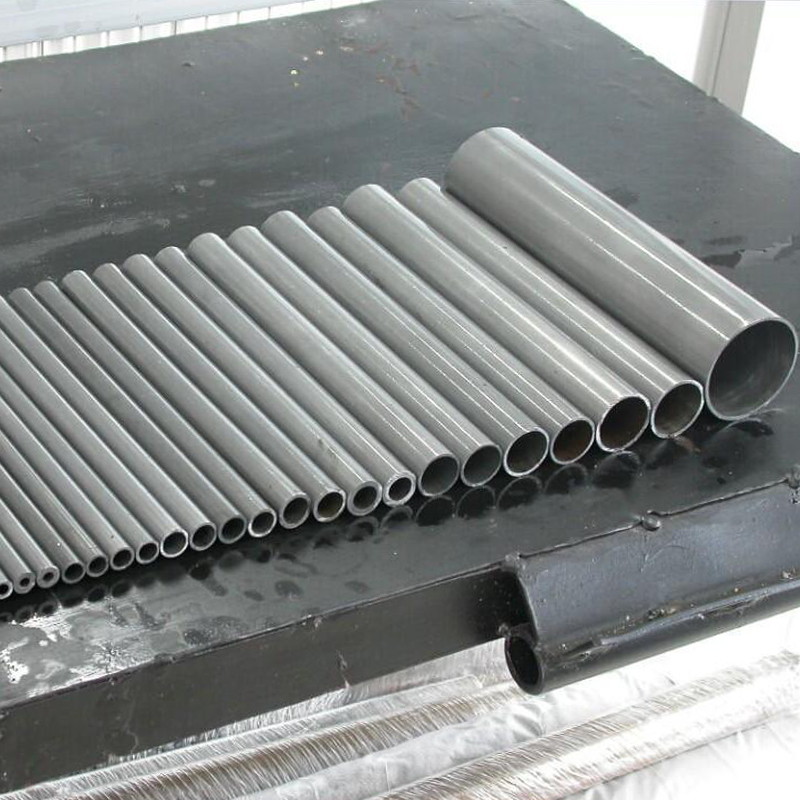
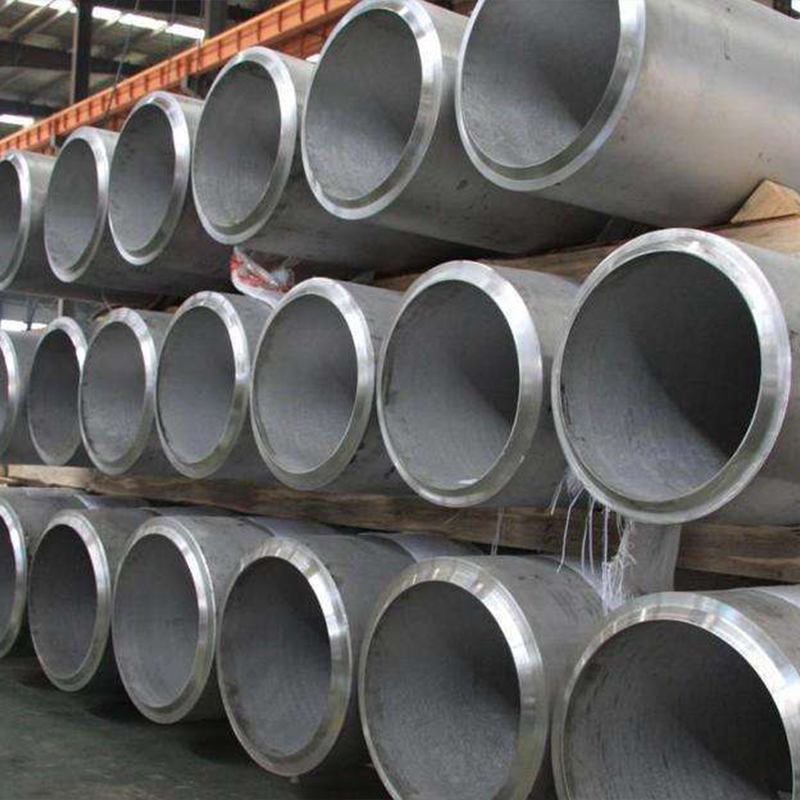
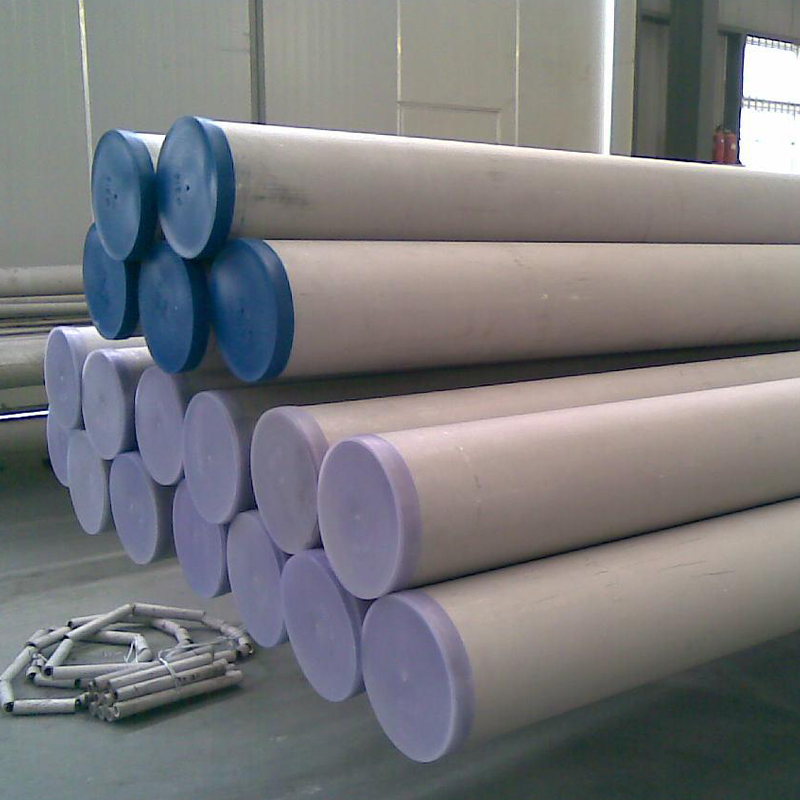
Stainless steel seamless pipes are steel pipes that are resistant to weak corrosive media such as air, steam, and water, and chemically corrosive media such as acids, alkalis, and salts. Also known as stainless acid-resistant steel pipe.
The corrosion resistance of stainless steel seamless pipes depends on the alloying elements contained in the steel. Chromium is the basic element for the corrosion resistance of stainless steel. When the chromium content in the steel reaches about 12%, the chromium interacts with the oxygen in the corrosive medium to form a very thin oxide film (self-passivation film) on the surface of the steel. , Can prevent further corrosion of the steel matrix. In addition to chromium, the commonly used alloying elements for stainless steel seamless pipes include nickel, molybdenum, titanium, niobium, copper, nitrogen, etc., to meet the requirements of various uses for the structure and performance of stainless steel.
Stainless steel seamless pipe is a hollow long round steel, widely used in petroleum, chemical, medical, food, light industry, mechanical instrumentation and other industrial pipelines and mechanical structural parts. In addition, when the bending and torsion strength are the same, the weight is lighter, so it is also widely used in the manufacture of mechanical parts and engineering structures. It is also often used to produce various conventional weapons, barrels, shells, etc.
It has the following production steps:
a. Round steel preparation; b. Heating; c. Hot rolled piercing; d. Cut the head; e. Pickling; f. Grinding; g. Lubrication; h. Cold rolling processing; i. Degreasing; j. Solution heat treatment; k. Straightening; l. Cut the tube; m. Pickling; n. Product testing.
